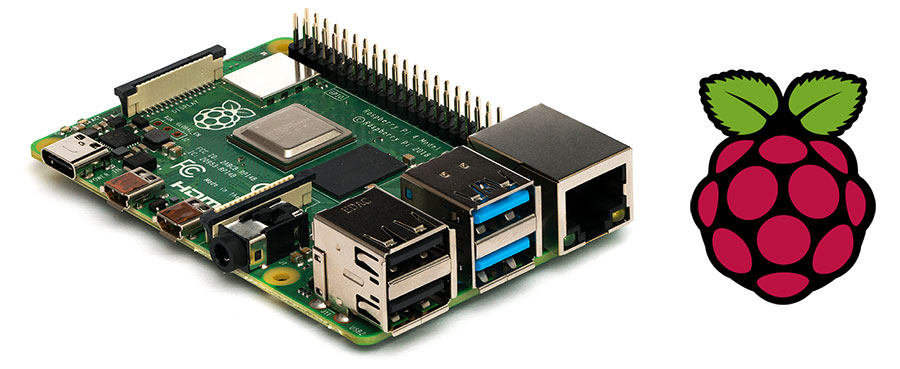

RetroPie is a software library used to emulate retro video games on the Raspberry Pi computer. This guide will show you everything you need to do to get playing.įor this build, we're going to use RetroPie, an awesome software package that handles all your emulation needs. Here's the patches: diff -git a/install.sh b/install.sh index 62f3425.1f101ba 100755 - a/install.sh +++ b/install.sh -2,7 +2,7 set -euxo pipefail -readonly IMAGE='-raspbian-buster-lite' +readonly IMAGE='-raspbian-buster' readonly KERNEL='kernel-qemu-5.4.51-buster' readonly PTB='versatile-pb-buster-5.4.51.For around 50 bucks, you can build your very own vintage gaming rig that will hook up to any HDMI-enabled TV or monitor. Looks like I'll need a real Raspberry Pi for my experiments. This also explains why X under QEMU is *sooo slow*. Essentially it's just drawing into a chunk of memory and handing it to QEMU to draw to the real screen. X works because it's using the standard linux framebuffer, which is a minimal graphics structure in main memory that does no acceleration. That means I'll never get the hardware acceleration I need for testing IdealOS. So what's the deal? Why can X run but not the opengl samples?Īfter further research I've determined that QEMU emulates the main ARM CPU, but *not* the custom graphics chip in the Pi. Then I was able to get X to boot: WHAAA?! So I modified the scripts to use raspbian-buster instead of raspbian-buster-lite, turn off the headless option, then ran the entire process again. These instructions won't give me any graphics because it's using the 'lite' version of Raspbian which doesn't include a desktop and X11. But I could have *sworn* I'd seen QEMU running a Raspbian desktop.

I tried running the example command line graphics programs in /vc/opt but they wouldn't work, complaining that it can't access the vchiq. run.sh will run it as a headless instance, giving me a bash shell into a virtual Pi. The two scripts in this repo get the job done reliably./install.sh willl download QEMU, a Raspbian distro, and all of the required deps. Fortunately the open source emulation tool QEMU is up to the task.įollowing the instructions here, I was able to download and run QEMU on my Mac.

That means I need an emulator, not just an OS conatiner wrapper like Docker. The RaspberryPi is an ARM computer and most Macs (until a few months ago) are X86. The short version is: yes it can be done but it's useless for graphics. As part of that I wanted to emulate a Raspberry Pi on my Mac. I've paused my work on Filament for a while to go back and do some more research into low level graphics for IdealOS.


 0 kommentar(er)
0 kommentar(er)
